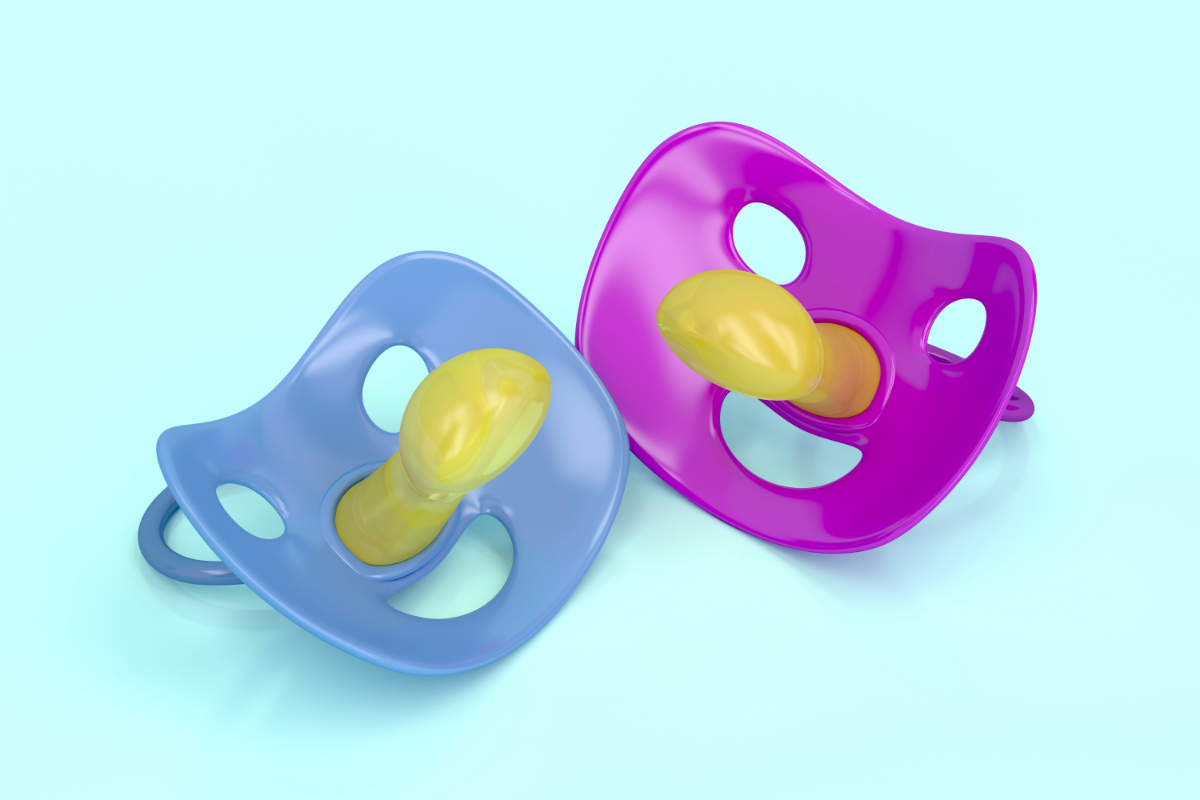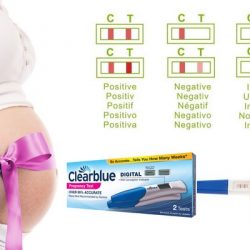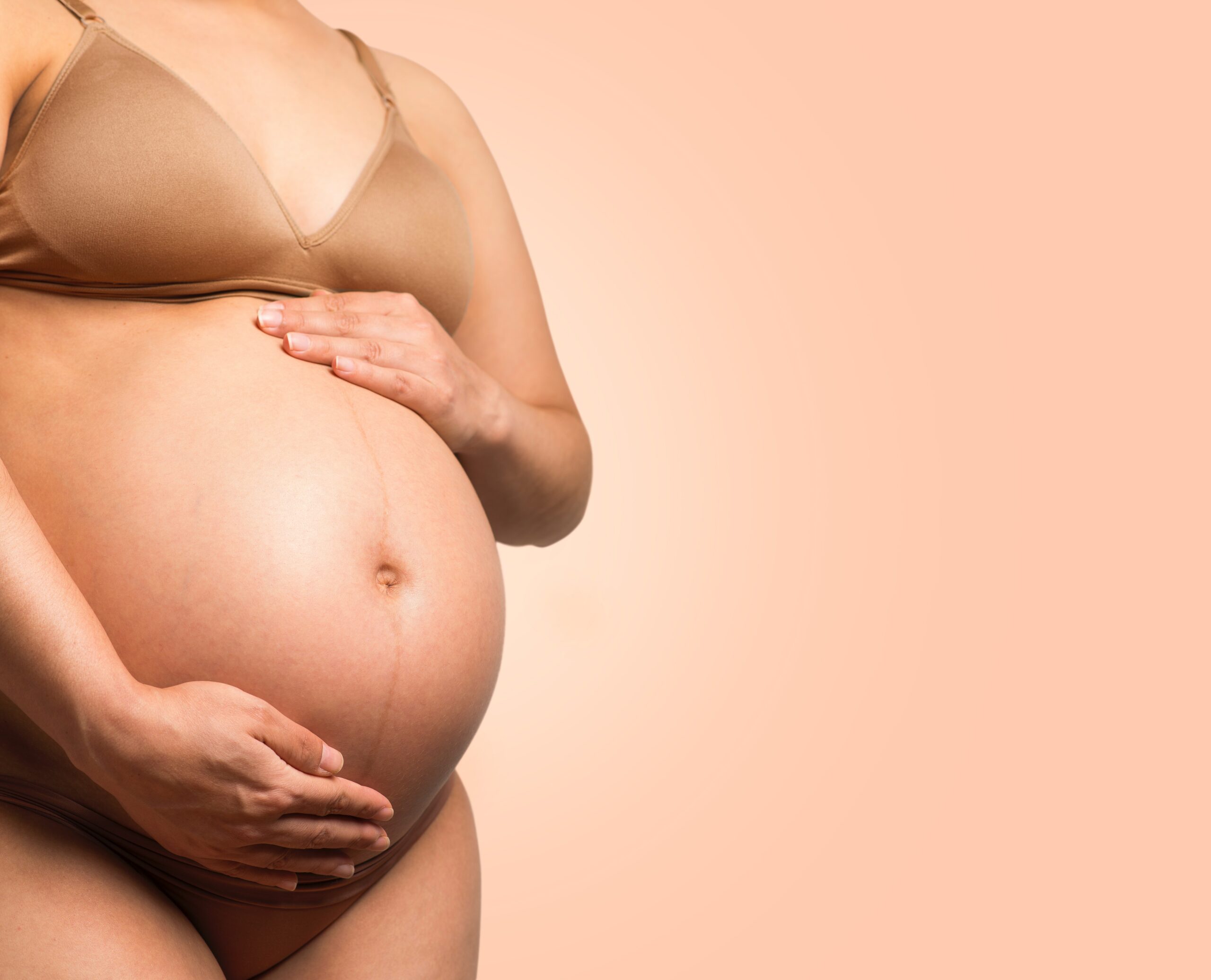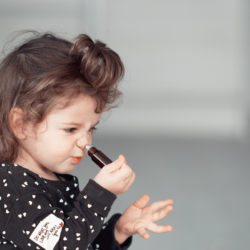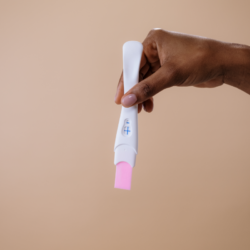For young parents, choosing babycare products can be a real headache. Especially when it comes tochoosing a dummy. It’s well known thatsoothers are the subject of debate. Some advocate itsself-soothing benefits forbaby, while others criticise it for compromising breastfeeding, among other things . But with the invention of the ergonomic baby soother and all its advantages, the two camps seem to have finally found a compromise. Soin et Nature takes stock.
What is the ergonomic soother?
There are two main types of baby soother: anatomical and physiological. In the first, the teat has a rounded, symmetrical shape that allows it to be turned over. This means it has no front or back, making it much easier for baby to use. The second pacifier owes its name to the very specific shape of the teat, with a rounded part that rests against the roof of the mouth and a flat part that rests against the tongue. When we talk about an ergonomic soother, we’re referring to the physiological model whose nipple is designed to imitate the mother’s nipple. There’s more to it than that!
The shape of the teat, optimised by orthodontists, respects the baby’s physiological needs. This is a real guarantee of comfort and safety for your baby, knowing that the risks of harmful effects on the development of the jaw and teeth are reduced, if not completely ruled out. What’s more, the transition from the mother’s teat to the soother and vice versa is almost natural, making it easier for baby to adapt and making the physiological soother ideal for mothers who have chosen tobreastfeed.
Benefits of using ergonomic soothers for oral development
Impact on dental growth
The use of ergonomic soothers can play a beneficial role in children’s oral development, particularly when it comes to dental growth. These soothers are designed to reduce the risk of malocclusions, common problems associated with the prolonged use of traditional soothers. In fact, ergonomic soothers are often designed to mimic the shape of the mother’s breast, encouraging more natural sucking that is less harmful to the development of teeth and jaws.
Preventing dental alignment problems
Ergonomically designed soothers can help prevent dental alignment problems. They are specially designed to fit the child’s mouth so as to minimise pressure on the teeth and jaws. This is essential because excessive and misdirected pressure can lead to long-term dental alignment problems, sometimes necessitating costly and uncomfortable orthodontic treatment.
For example, prolonged use of traditional soothers can lead to problems such as anterior open bite, where the upper and lower teeth do not touch when the mouth is closed. This can affect not only the appearance of the teeth but also chewing and speech. Ergonomic soothers, on the other hand, are designed to avoid such complications by encouraging a more natural tongue position and reducing pressure on growing teeth.
It’s important to stress that, although ergonomic soothers can help prevent certain dental problems, they are no substitute for good oral hygiene practices and regular visits to the dentist. The latter remain crucial for the healthy development of children’s teeth and jaws.
Sucking: an innate reflex in babies
Suckingis an instinctive act for babies. Even when it’s not to feed themselves, babies perform this movement as a reflex, because it has a relaxing effect. Science has shown that sucking stimulates the secretion of endomorphin, or the“feel-good” hormone. It plays an essential role inregulating mood and sleep.
This explains, for example, why baby naturally tends to suck his thumb to calm and reassure himself when he’s upset about something, and why he systematically falls asleep after feeding. That’s why using a pacifier has so many advantages: it helps baby soothe himself, helps him relax before bedtime, and also relieves parents from time to time. The key is to choose a soother that is perfectly suited to baby’s age and physiology, i.e. one that is ergonomically designed.
Do soothers help babies sleep better?
The soother, a familiar object in the daily lives of many children, plays a significant role in a child’s sleep. A study by Raquel Balaban et al, published in theInternational Journal of Paediatric Dentistry, explored the effects of using a soother on the quality of sleep in infants. Although this study found no statistically significant differences between children who used a soother and those who did not in terms of sleep quality, it does raise some important points about the potential influence of soothers on children’s sleep.
Ergonomically designed soothers, which adapt naturally to the child’s mouth, can reduce the risk of dental malocclusion, a problem often associated with the prolonged use of traditional soothers. This can indirectly contribute to a better quality of sleep, as less dental discomfort can promote more peaceful sleep.
What’s more, the act of sucking has a calming effect on many babies, which can help them fall asleep more easily and go back to sleep after waking up at night. The ergonomic design of some soothers encourages more natural and comfortable sucking, which can further enhance the soothing effect for the child.
Tips for safe night-time use
While recognising the potential benefits of soothers, it’s crucial to follow safe use practices, especially at night. Here are a few tips to consider:
- Choice of soother: Choose a BPA-free soother with a shield large enough to avoid the risk of choking. The soother should be solid, with no detachable parts.
- Hygiene: Make sure the soother is regularly cleaned and sterilised to prevent the build-up of bacteria.
- Monitoring: Although soothers are generally safe, it is important to monitor their condition for any signs of deterioration or damage that could present a risk to the child.
- Limiting use: To avoid dependency or long-term dental problems, it is advisable to limit the use of soothers, particularly after the age of two.
- Paediatric monitoring: Discuss the use of the soother with your paediatrician to ensure that its use is appropriate for your child’s development.
Which ergonomic soother should I choose?
Just like the shape, the size of the teat is a decisive criterion when it comes tochoosing an ergonomic soother for baby, which should evolve as he or she grows.
- Between 0 and 2 months, it’s best to choose Nuk Genius Sucettes Physiologique Tétine Silicone 0-2 Mois x2 , whose size and shapefit perfectly into the oral cavity and respect the orthodontic needs of newborns. This pack of 2 physiological teats will satisfy your little treasure’s innate need to suck. All with the utmost comfort, because its physiological silicone teat is soft and extra supple. Odourless, colourless and with no specific taste, the teat helps baby to adopt it, but also to part with it more easily.
- From 18 to 36 months, turn to Nuk Space Sucette 18-36 Mois Nuit X2 , which combines all the advantages of the physiological soother with added practicality: a flat teat, thinner and narrower to fit the shape of baby’s mouth; a collar designed to let the skin around the mouth breathe; and a glow-in-the-dark top to help you find it quickly and easily at night!
Ergonomic soother and baby’s GERD
The ergonomic soother is often used by parents to soothe and calm their baby. However, there may be a link between the use of an ergonomic so other and gastro-oesophageal reflux disease (GERD ) in babies.
GERD is caused by the reflux ofgastric acid from the stomach into the oesophagus, leading to symptoms such as regurgitation, excessive crying andirritability in infants. When a baby sucks on an ergonomic soother, this can create extra pressure on the stomach, increasing the risk of reflux.
In addition, prolonged sucking on an ergonomic soother can lead to an overproduction of saliva, which can worsen GERD symptoms. Excess saliva can further irritate the oesophagus, leading to increased spit-up and discomfort for the baby.
It is important to note that not all babies react in the same way to the use of ergonomic soothers. Some babies may not experience reflux problems with soothers, while others may show increased sensitivity.
If your baby suffers from GERD and uses an ergonomic soother, it may be useful to consult your paediatrician. The health professional will be able to assess your baby’s specific situation and provide you with suitable recommendations. He or she may recommend reducing or limiting the use of the ergonomic soother to help relieve the symptoms of GERD.
What is the best brand of dummy for children?
When it comes to choosing the best brand of dummy for children, Nuk and Mam are two top options to consider.
NUK stands out for its diverse range of soothers, designed in collaboration with experts such as orthodontists, paediatricians and midwives. NUK soothers are renowned for their unique shape, inspired by the breast during breastfeeding, which makes them particularly suitable for breastfed babies. Their teats are designed to reduce pressure on jaws and teeth, while providing a pleasant feel in the mouth and more room for natural sucking movements. What’s more, independent studies have confirmed that NUK soothers do not cause tooth misalignment or jaw deformity.
For its part,MAM also offers a wide range of soothers adapted to different stages of children’s development. Their design, developed in collaboration with dentists and designers, ensures maximum comfort for babies. MAM soothers have an anatomical shape that respects the natural development of the jaw and are made with quality materials such as soft silicone like MAM’s SkinSoft™ silk and natural latex. These materials provide a comfortable and safe experience for babies, while being environmentally responsible.
How do I choose the right soother for my baby?
When it comes to choosing a soother for a baby, there are several aspects to consider, including the material and shape of the soother.
Soother materials
- Silicone: These are flexible, durable and comfortable for baby’s mouth and palate. Silicone resists heat well, making it suitable for sterilisation and washing at high temperatures. These soothers are hypoallergenic and easy to clean. They have no taste or smell, which can be an advantage for some children.
- Natural Rubber: Softer and more flexible than silicone, these soothers can offer a natural taste that some babies may enjoy. However, they can deteriorate more quickly and require more careful cleaning. They are biodegradable and come from renewable sources, which is an ecological advantage.
- Latex: These soothers are flexible and fit comfortably in baby’s mouth. Latex, being more porous, can accumulate more bacteria and is therefore more difficult to clean.
Soother shapes
- Anatomical (Orthodontic) soothers: Designed to mimic the shape of the mother’s nipple, they are often chosen for mixed breastfeeding. They are round and symmetrical, allowing baby to put them in his mouth in any direction.
- Physiological soothers: These soothers mimic the shape of baby’s palate and follow the natural curvature of the mouth. They can be more specific in their use, with a defined “top” and “bottom”.
Each type of soother has its own advantages and disadvantages, and the choice will depend on the child’s specific needs and the parents’ preferences. It is also important to take into account the child’s age to ensure a good fit and appropriate use
References
- Int J Paediatr Dent . 2018 Jun 12. doi: 10.1111/ipd.12373. Online ahead of print. Infant sleep and the influence of a pacifier

